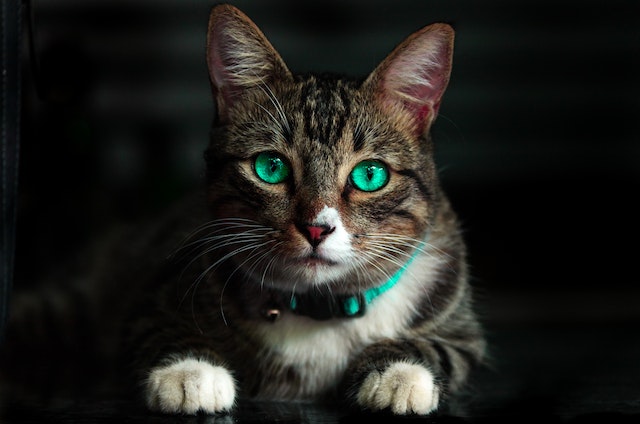Cats are some of the most beloved and popular animals in the world. But even though we all know and love cats, there are still many fascinating facts about them that not everyone is aware of. From their impressive hunting skills to their remarkable physical abilities, cats have some truly remarkable traits that make them so special. If you’re looking for some fun facts about cats, you’ve come to the right place. We’ve compiled a list of the top 10 most fascinating facts about cats that will surely make you say “wow!”
1) Domestic cats are related to tigers

Cats are part of the Felidae family, which also includes lions, tigers, and other big cats. They share many similar characteristics with their larger cousins, including sharp claws, agility, and a fierce hunting instinct. Domestic cats may look like small tigers, but they are still incredibly majestic animals!
2) A group of cats is called a clowder
A clowder is the term for a group of cats, either feral or domestic. It is believed that the term may have come from an old English word meaning ‘litter of kittens’. Clowders can be of any size, ranging from two cats up to several dozen in a large colony. Clowders often gather together to hunt, share food, and groom one another.
3) Cats can jump up to six times their own height

An amazing feat of agility, cats have the ability to jump up to six times their own height. This incredible strength and power gives cats the opportunity to explore their environment with ease and avoid predators with quick reflexes. It’s no wonder cats have been beloved by humans for centuries. What’s more, cats can also reach speeds of up to 30 miles per hour in a single leap!
4) A cat’s brain is 90% similar to a human’s
The brains of cats and humans are remarkably similar. Cats possess a cerebral cortex with neurons that allow them to think, feel, and remember. Cats also have a cerebellum which controls movement and balance, just like in humans. This similarity in brain structure allows cats to experience the same range of emotions that humans do, including joy, anger, and love.
5) Cats can make over 100 vocal sounds

Cats are able to make a variety of sounds ranging from meows, trills, purrs, hisses, growls, and more. They can even combine these sounds to create different vocalizations. This allows them to communicate with other cats as well as humans. Cats are capable of making over 100 distinct vocal sounds!
6) A cat’s purr may be therapeutic
Studies have shown that cats purring can reduce stress and lower blood pressure. It is believed that the frequency of the purr causes vibrations in the body which help promote healing and reduce pain. Additionally, some scientists believe that the purr may help improve circulation and speed up healing for broken bones.
7) A cat’s hearing is much better than a human’s

Cats can hear sounds that are much higher and lower than humans, allowing them to hear a wider range of noises. Cats have twice as many sound-detecting cells in their ears as humans do, enabling them to pick up sounds from farther away and with greater clarity. They can also hear ultrasonic frequencies, which humans cannot hear!
8) A cat’s sense of smell is 14 times stronger than a human’s
Cats have an incredible sense of smell, which is 14 times stronger than a human’s. This makes them excellent hunters and gives them the ability to detect scents that humans simply cannot. Cats also have scent glands in their cheeks and on the soles of their feet which they use to mark their territory by rubbing against objects. With this superior sense of smell, cats can easily pick up on subtle changes in their environment that humans may not notice.
9) A cat has 32 muscles in each ear

These muscles give cats the ability to rotate their ears 180 degrees, allowing them to pinpoint sound with extreme accuracy. Cats are also able to detect higher frequencies of sound than humans, making them extremely adept hunters. This gives them a huge advantage when it comes to locating prey! But that’s not all – cats are also able to make subtle facial expressions to communicate with one another. A twitch of the ears here, a tilt of the head there – these small movements can convey a wide range of meanings.
10) Cats sleep an average of 16 hours per day
Cats are renowned for their love of sleep, with an average of 16 hours spent sleeping each day. Cats enter a state of deep relaxation during this time, which helps them to conserve energy and feel refreshed when they wake up. While they’re asleep, cats can remain aware of their environment and can be easily roused by the slightest noise or movement.

